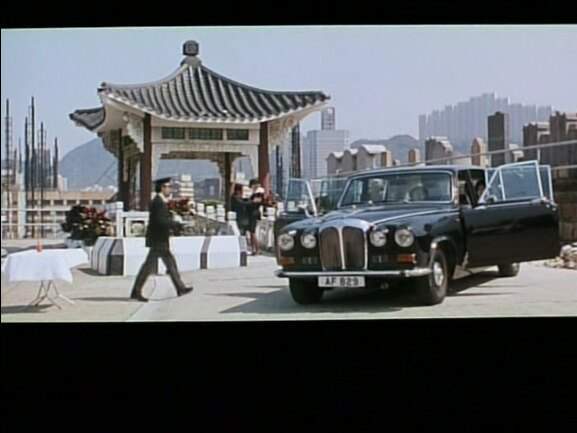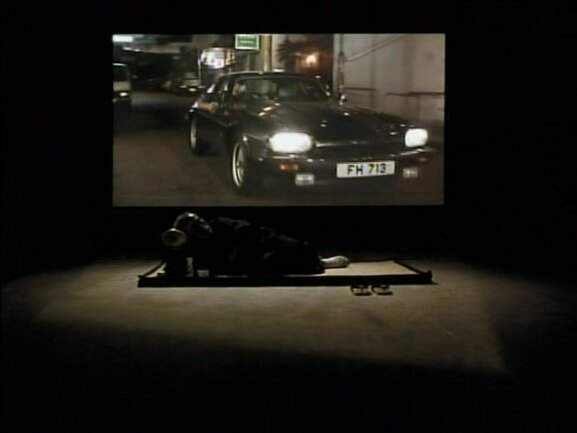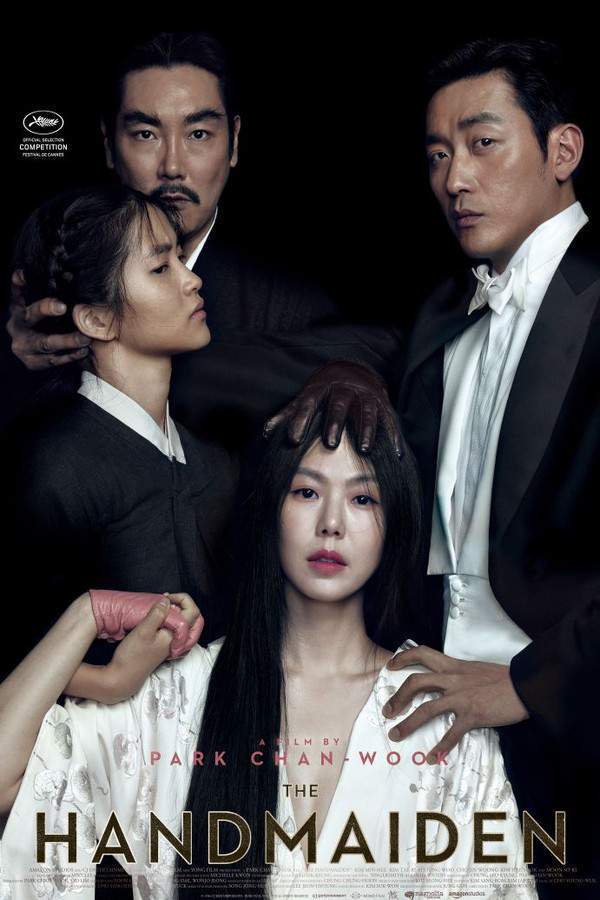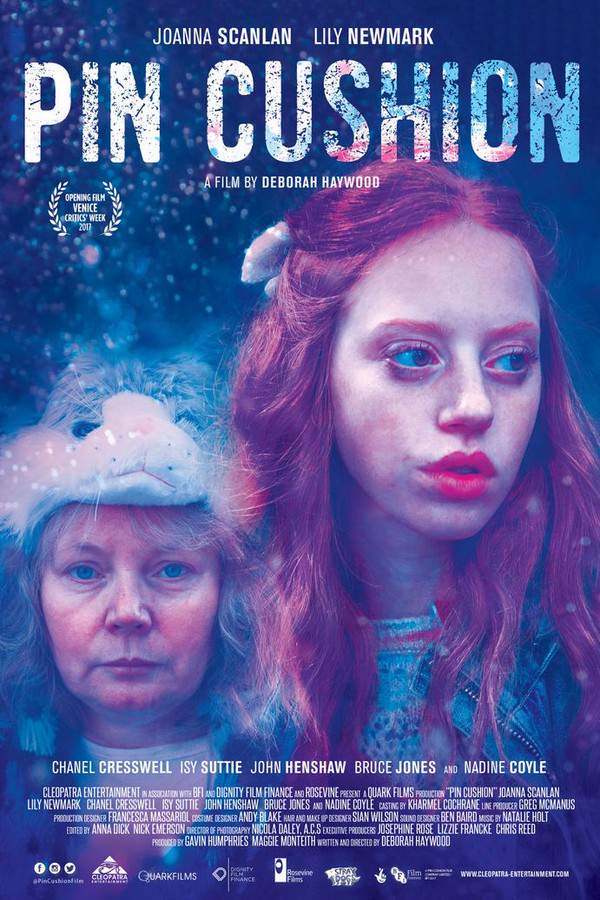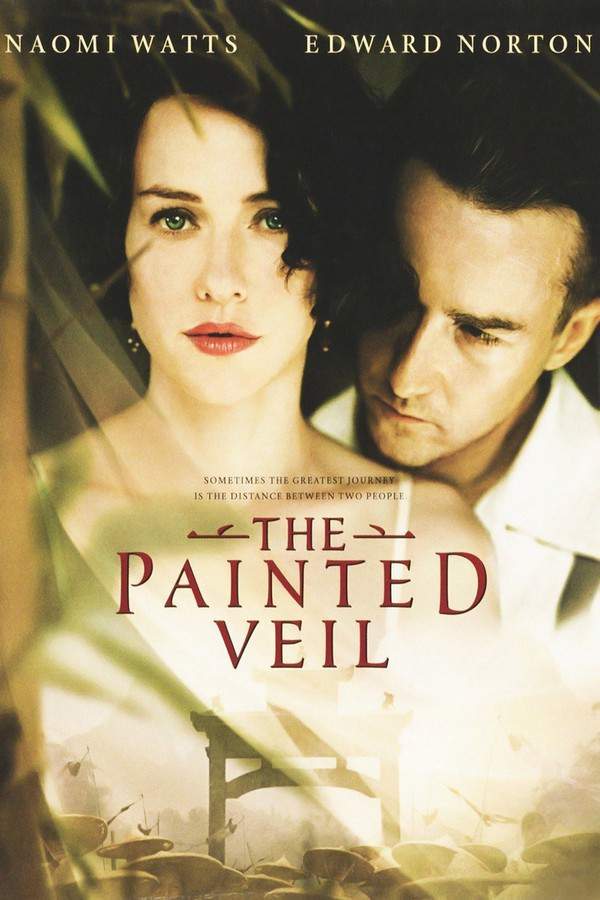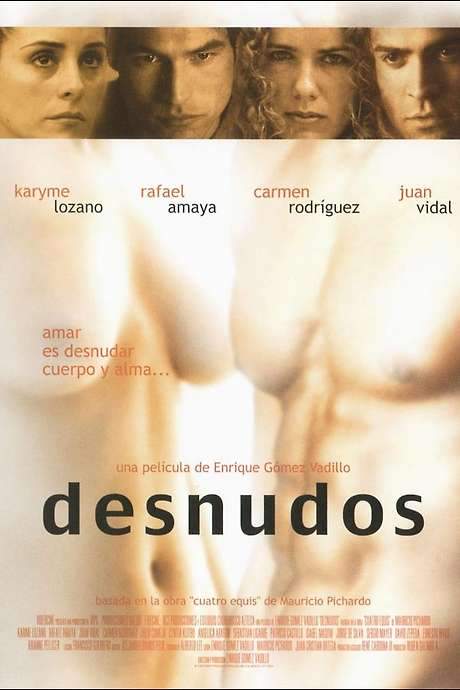The Pillow Book 1997
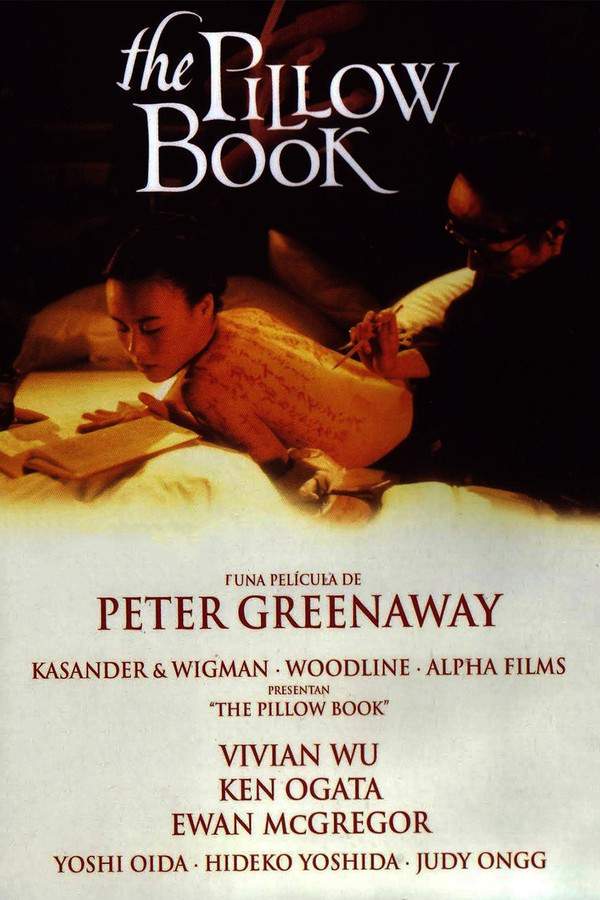
A young girl's life is profoundly affected by the discovery of delicate calligraphy and the intimate secrets within a noblewoman's diary. Years later, these memories resurface when she encounters a man who becomes both a canvas for her artistic desires and an instrument for revenge. Their complex relationship ignites a sensual journey, exploring themes of love, power, and the search for identity.
Does The Pillow Book have end credit scenes?
No!
The Pillow Book does not have end credit scenes. You can leave when the credits roll.
Meet the Full Cast and Actors of The Pillow Book
Explore the complete cast of The Pillow Book, including both lead and supporting actors. Learn who plays each character, discover their past roles and achievements, and find out what makes this ensemble cast stand out in the world of film and television.
External Links and Streaming Options
Discover where to watch The Pillow Book online, including streaming platforms, rental options, and official sources. Compare reviews, ratings, and in-depth movie information across sites like IMDb, TMDb, Wikipedia or Rotten Tomatoes.
Ratings and Reviews for The Pillow Book
See how The Pillow Book is rated across major platforms like IMDb, Metacritic, and TMDb. Compare audience scores and critic reviews to understand where The Pillow Book stands among top-rated movies in its genre.

64
Metascore
6.7
User Score


%
TOMATOMETER

0%
User Score

6.5 /10
IMDb Rating

64
%
User Score
Take the Ultimate The Pillow Book Movie Quiz
Challenge your knowledge of The Pillow Book with this fun and interactive movie quiz. Test yourself on key plot points, iconic characters, hidden details, and memorable moments to see how well you really know the film.
The Pillow Book Quiz: Test your knowledge on the intricate narrative and characters of 'The Pillow Book'.
Who is the protagonist of 'The Pillow Book'?
Nagiko
Jerome
Hoki
Sei Shonagon
Show hint
Full Plot Summary and Ending Explained for The Pillow Book
Read the complete plot summary of The Pillow Book, including all major events, twists, and the full ending explained in detail. Explore key characters, themes, hidden meanings, and everything you need to understand the story from beginning to end.
The movie titled “The Pillow Book” draws its name from an ancient Japanese diary authored by Sei Shnagon, whose real name is believed to have been Kiyohara Nagiko—the very same name adopted by the film’s protagonist. The narrative unfolds through the perspective of Nagiko (Vivian Wu), a model of Japanese descent living in Hong Kong. She embarks on a quest for a lover who can satisfy her cravings for both carnal pleasures and artistic expression through poetry and calligraphy.
This deep-seated longing traces back to her childhood in Kyoto, where her father, Ken Ogata, would adorn her face with symbols of good fortune. Celebrating her birthday, he would recount the Japanese creation myth while skillfully inscribing beautiful calligraphy on her skin. Additionally, her aunt, Hideko Yoshida, recites a collection of “beautiful things” from Sei Shnagon’s writings, telling her that once she turns twenty-eight, she will be the same age as Sei Shnagon when the book was penned, forging a unique connection between them.
Tragically, Nagiko learns that her father is at the mercy of his publisher, “Yaji-san” ([Yoshi Oida]), who demands sexual favors for the privilege of publishing his work. Early in the plot, the publisher orchestrates a wedding for Nagiko with his young apprentice, whose inadequacy as a partner becomes evident; he scorns her love for literature and shuns her desires for physical intimacy, even rejecting her plea to inscribe poetry on her body. This leads to a pivotal moment when he discovers her pillow book, igniting conflict that results in the destruction of their home and serves as the catalyst for Nagiko’s departure.
Escaping the confines of her past, she relocates to Hong Kong. Though initially resistant to the idea, she learns to type to secure employment and eventually becomes a celebrated fashion model. Nagiko employs a maid, affording her the autonomy to explore her suppressed sexual desires. Yet, despite her newfound freedom, dissatisfaction lingers as her encounters with various lovers fail to meet her expectations—either they possess extraordinary writing skills yet lack passion, or they are ardent lovers but have poor penmanship.
At a local café, Cafe Typo, she meets Jerome (Ewan McGregor), a British translator who piques her curiosity with his linguistic flair. They venture into a private space where Nagiko invites Jerome to write upon her body in multiple languages. Despite her fascination, she cannot accept his handwriting and sends him away. To her astonishment, Jerome turns the tables by inviting her to inscribe on him: “Use my body like the pages of a book. Of your book!” This interaction ignites a revelation within Nagiko, prompting her to contemplate a dynamic she has never considered.
Intrigued yet fearful, she embarks on a series of romantic escapades, exploring her ideas by attempting to write on her lovers, only to find frustration. Hoki ([Yutaka Honda]), a photographer entranced by her, urges her to channel her passions into writing a book, facilitating her journey towards creative expression. However, upon submission, her manuscript faces harsh rejection from Yaji-san, revealing an unexpected and painful connection as it becomes clear that he is involved with Jerome.
Concocting a master plan, Nagiko resolves to utilize Jerome to reach the publisher. Their relationship deepens as they explore the artistic potential of combining their bodies—she writes on him while they indulge in their passions. Yet, strife arises when Jerome’s commitment falters, leading him into a romance with the very publisher Nagiko despises. Devastated and betrayed, Nagiko channels her hurt into a series of revenge writings that become increasingly scandalous, capturing the attention and envy of Jerome.
As the plot thickens, Jerome finds himself in a dark place, culminating in a tragic misunderstanding fueled by desperate attempts to win back Nagiko’s affections. Ultimately, when Nagiko discovers him lifeless, the weight of unresolved emotions surfaces, prompting her to etch The Book of the Lovers upon his still form.
The unfolding events paint a vivid and tragic narrative tapestry of desire, rejection, revenge, and the quest for identity against the backdrop of art and mortality. As she grapples with grief and loss, Nagiko navigates through her painful journey towards self-realization and artistic expression, leading to her ultimate confrontation with the forces that shaped her past. Finally, she lays her final work—the revelation of her identity and the intricate entanglements one last time—in an explosive climax that connects all her experiences, culminating in a poignant epilogue showcasing her as a mother, embracing the legacy of love and art intertwined with the dreams of her past. In the closing scenes, as she writes on her child’s face, the cycle of creativity and love continues, echoing the themes of her father’s nurturing touch from her childhood.
Uncover the Details: Timeline, Characters, Themes, and Beyond!

Coming soon on iOS and Android
The Plot Explained Mobile App
From blockbusters to hidden gems — dive into movie stories anytime, anywhere. Save your favorites, discover plots faster, and never miss a twist again.
Sign up to be the first to know when we launch. Your email stays private — always.
Watch Trailers, Clips & Behind-the-Scenes for The Pillow Book
Watch official trailers, exclusive clips, cast interviews, and behind-the-scenes footage from The Pillow Book. Dive deeper into the making of the film, its standout moments, and key production insights.
Cars Featured in The Pillow Book
Explore all cars featured in The Pillow Book, including their makes, models, scenes they appear in, and their significance to the plot. A must-read for car enthusiasts and movie buffs alike.
The Pillow Book Themes and Keywords
Discover the central themes, ideas, and keywords that define the movie’s story, tone, and message. Analyze the film’s deeper meanings, genre influences, and recurring concepts.
The Pillow Book Other Names and Titles
Explore the various alternative titles, translations, and other names used for The Pillow Book across different regions and languages. Understand how the film is marketed and recognized worldwide.
Similar Movies To The Pillow Book You Should Know About
Browse a curated list of movies similar in genre, tone, characters, or story structure. Discover new titles like the one you're watching, perfect for fans of related plots, vibes, or cinematic styles.
Quick Links: Summary, Cast, Ratings, More

What's After the Movie?
Not sure whether to stay after the credits? Find out!
Explore Our Movie Platform
New Movie Releases (2025)
Famous Movie Actors
Top Film Production Studios
Movie Plot Summaries & Endings
Major Movie Awards & Winners
Best Concert Films & Music Documentaries
Movie Collections and Curated Lists
© 2025 What's After the Movie. All rights reserved.














